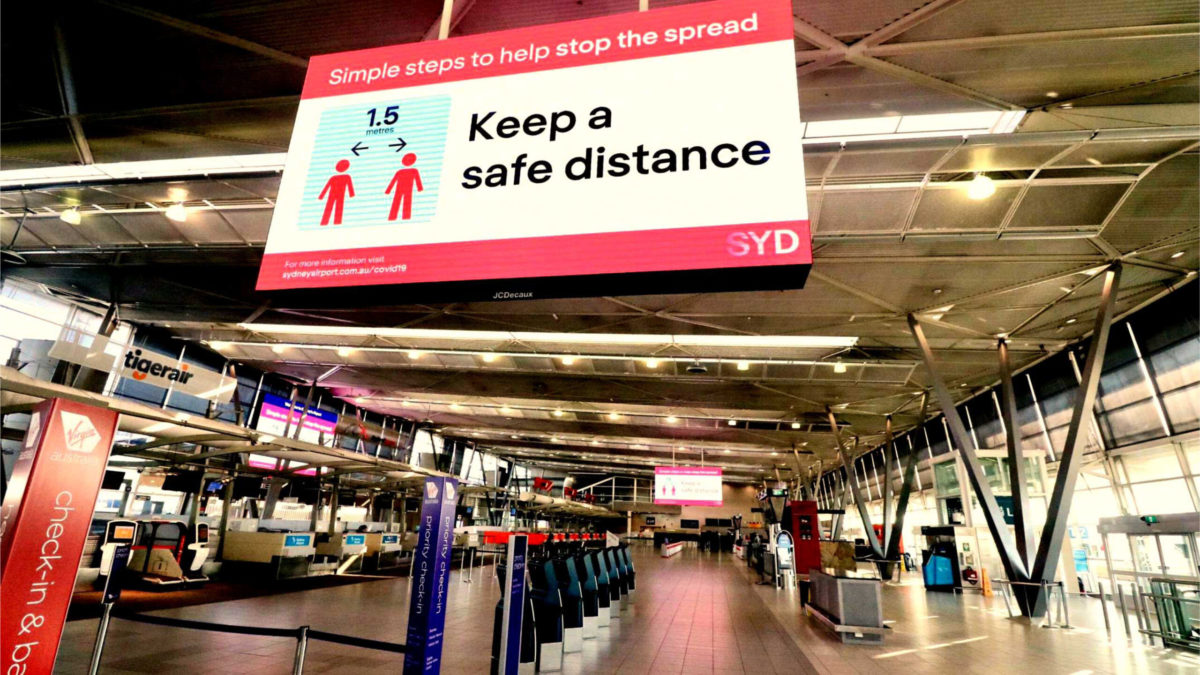Is SYD a turnaround play?
What’s going on?
Obviously COVID-19 is affecting international and domestic travel. There are hardly any passengers passing through Sydney Airport.
In July 2020 there were international passengers (down 97.2% from a year ago) and 276,000 domestic passengers (down 88.5%). Total passengers were down 91.8%.
July actually represented a brief recovery in domestic traffic when there was unrestricted travel between NSW, Victoria and Queensland. However, that has obviously changed.
Sydney Airport recently announced a $2 billion capital raising when it announced its FY20 half year report. The result was pretty rough. Total revenue dropped 35.9% to $511 million, which included the largely unaffected months of January and February. Sydney Airport’s EBITDA (click here to learn what EBITDA means) fell 35.4% to $300.4 million. While operating costs dropped 20.5%, net operating receipts fell 79% to $90.4 million.
The airport operator recorded a loss after income tax of $53.6 million.
There were four key reasons for the capital raising: to substantially reduce net debt, to enhance financial resilience, to maintain its investment grade credit rating and increase liquidity.
Sydney Airport recently finished the retail/regular investor element of the capital raising, retail investors took up about 62% of the potential value, equating to $430 million.
The airport operator announced today it has completed its retail shortfall bookbuild. That means the gross proceeds have been $695 million from the retail offering at a price of $4.56 per new share.
The retail bookbuild was done at a share price of $5.50, which was a $0.94 premium per share over the offer price of $4.56. Retail investors who didn’t take up their entitlement will receive $0.94 less expenses per each entitlement.
Sydney Airport Chairman Trevor Gerber said: “We would like to thank our securityholders for their continued support. The funds raised will enhance our financial resilience in these challenging times and ensure that we are strongly positioned when the recovery emerges.”
Is it a turnaround play?
If passenger numbers can start returning in 2021 then Sydney Airport could be a cheap opportunity right now. Interest rates are incredibly low. ‘Bond like’ defensive business valuations should go higher when interest rates are lower, it’s only because of the lack of passengers that Sydney Airport is a lot lower.
Sydney Airport could strongly benefit if an effective vaccine is produced. If the dangers of COVID-19 can be neutralised then plenty of people would probably be willing to fly again.
However, it’s hard to say when earnings would return to 2019 levels. Who knows when Australia’s international border will open again? It could be before June 2021. Or it could take longer.









